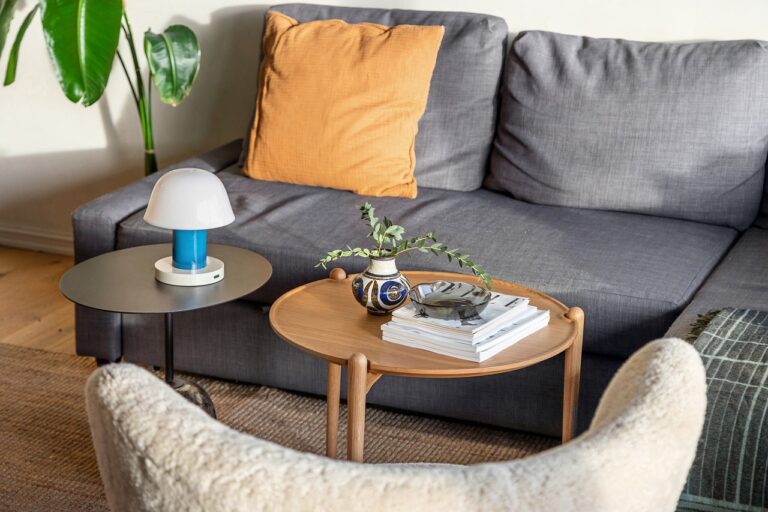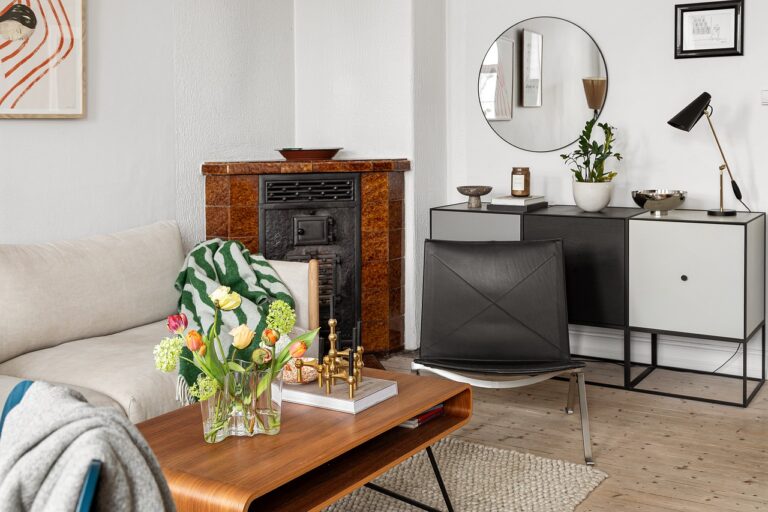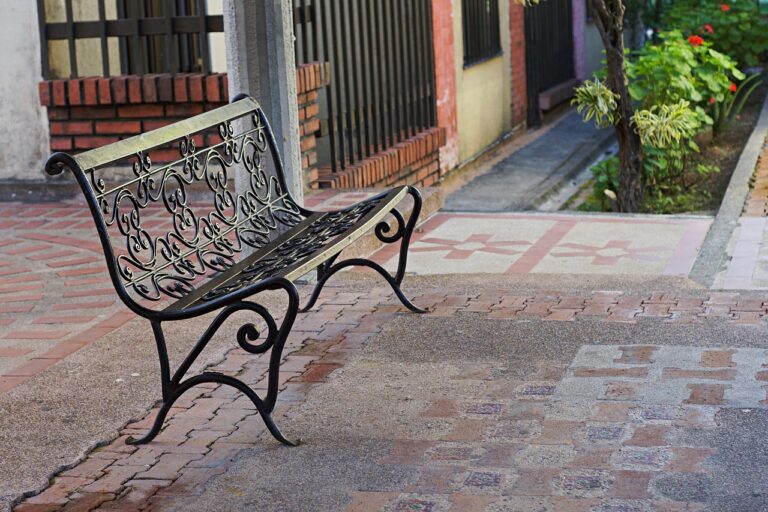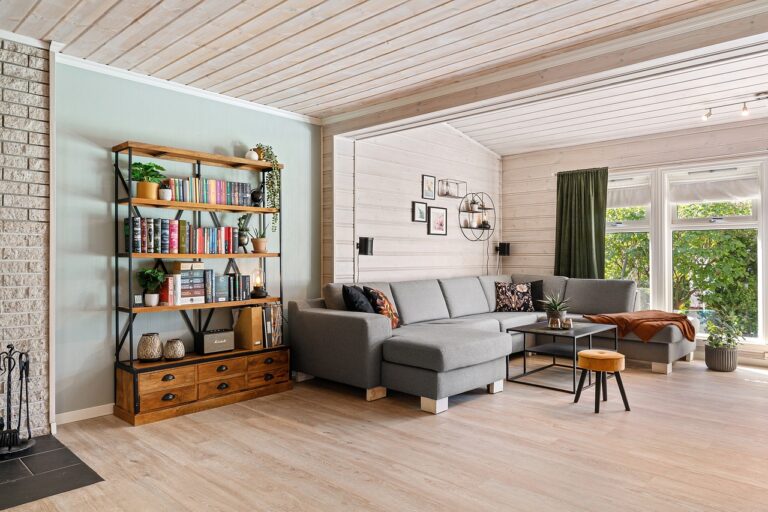Reviving Old Furniture with DIY Painting Techniques
When selecting a furniture piece to refurbish, it is essential to consider the item’s structural integrity. Inspect the legs, drawers, and overall construction to ensure that the piece is sturdy and will withstand the painting process. Opt for pieces with solid wood or high-quality materials for best results. Additionally, consider the size and shape of the furniture in relation to the space where it will be placed to ensure it fits properly and complements the room’s aesthetics.
Another important factor to consider when choosing a furniture piece for refurbishment is the style and design. Select a piece that aligns with your personal taste and the overall decor of the space. Whether you prefer modern, rustic, or classic styles, choose a furniture piece that can be transformed into a cohesive element within the room. Keep in mind that the size and scale of the piece should also harmonize with the existing furniture and design elements in the space.
• Inspect the legs, drawers, and overall construction for structural integrity
• Opt for pieces with solid wood or high-quality materials
• Consider the size and shape of the furniture in relation to the space where it will be placed
• Choose a piece that aligns with your personal taste and overall decor
• Ensure the style can be transformed into a cohesive element within the room
• Harmonize the size and scale of the piece with existing furniture and design elements
Prepping the Furniture Surface
When prepping the surface of your furniture piece for painting, it is essential to start by thoroughly cleaning the item. Use a mild detergent mixed with warm water and a sponge to remove any dirt, dust, or grime that may have accumulated on the surface. Wipe the furniture down with a clean, damp cloth afterward to ensure all residue is removed.
Next, you will need to sand the furniture to create a smooth and even surface for the paint to adhere to. Use a sanding block or sandpaper with a medium grit to gently sand the entire piece, paying special attention to any rough spots or imperfections. Wipe the furniture down again with a clean cloth to remove any dust created during the sanding process before moving on to the next step in prepping your furniture for painting.
Selecting the Right Paint and Supplies
When it comes to selecting the right paint and supplies for your furniture painting project, it’s essential to consider the type of finish you desire. Matte, satin, semi-gloss, or high-gloss – each finish will give your furniture a different look and feel. Additionally, think about the color you want to achieve and whether you need to use a primer before applying the paint.
In terms of supplies, make sure you have all the necessary tools on hand before starting your project. This may include paintbrushes, sandpaper, painter’s tape, drop cloths, and a clean workspace. Don’t forget to choose the appropriate type of paint for the material of your furniture, whether it’s wood, metal, or plastic, to ensure a lasting and professional finish.
How do I choose the right furniture piece to paint?
When selecting a furniture piece to paint, consider the size, shape, and material. Look for pieces with clean lines and minimal detailing for easier painting.
What steps should I take to prep the furniture surface before painting?
Prepping the furniture surface is crucial for a successful paint job. Start by cleaning the surface thoroughly and sanding down any rough areas. Prime the surface to ensure the paint adheres properly.
What type of paint should I use for painting furniture?
Choose a paint specifically formulated for furniture, such as chalk paint or milk paint. These types of paint are durable and provide a smooth finish. Be sure to also select the appropriate paint color for your desired look.
What supplies do I need for painting furniture?
In addition to paint, you will need brushes, sandpaper, primer, and a drop cloth. You may also want to consider investing in a paint sprayer for a more professional finish. Be sure to have all supplies on hand before starting the project.







